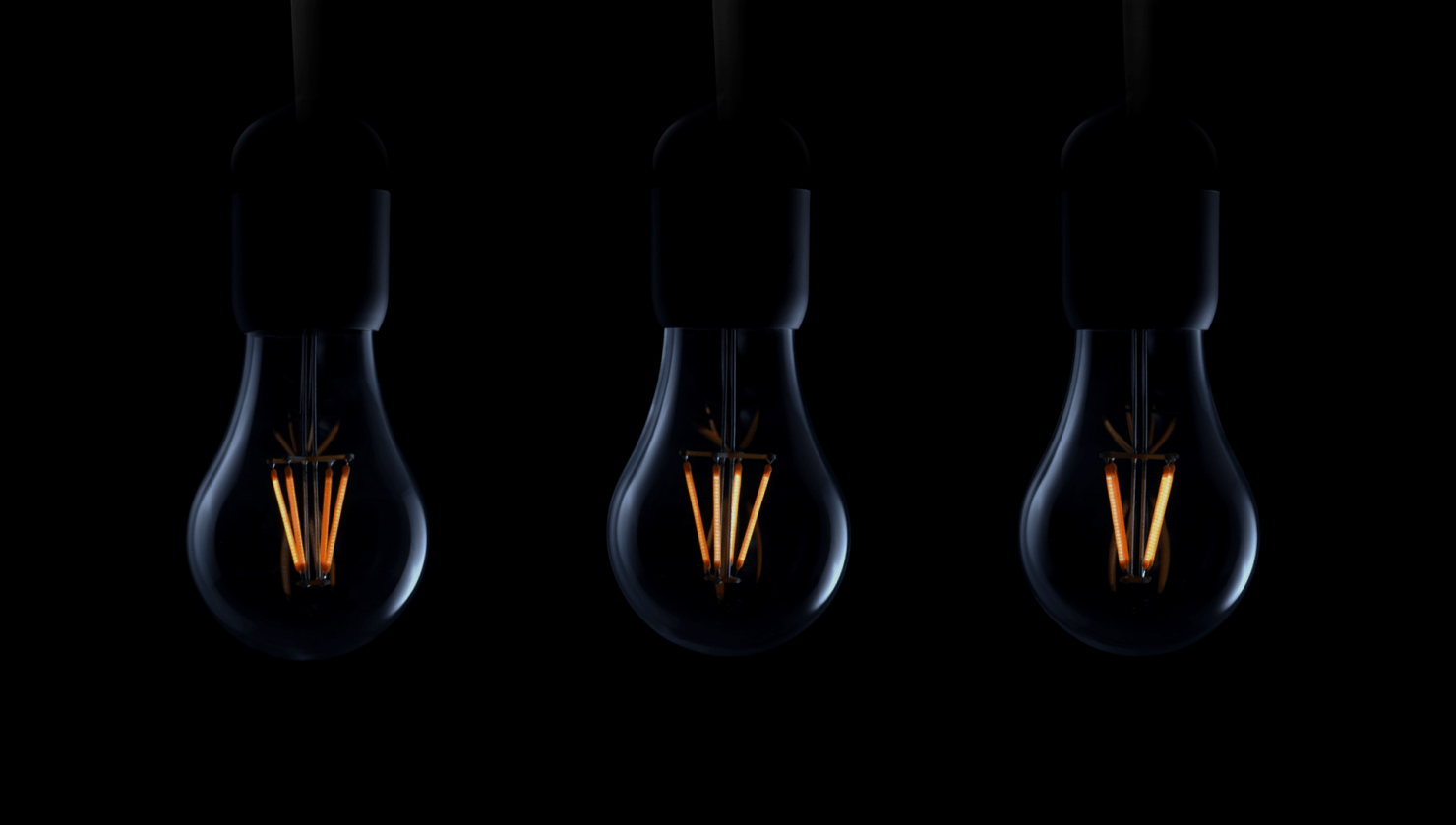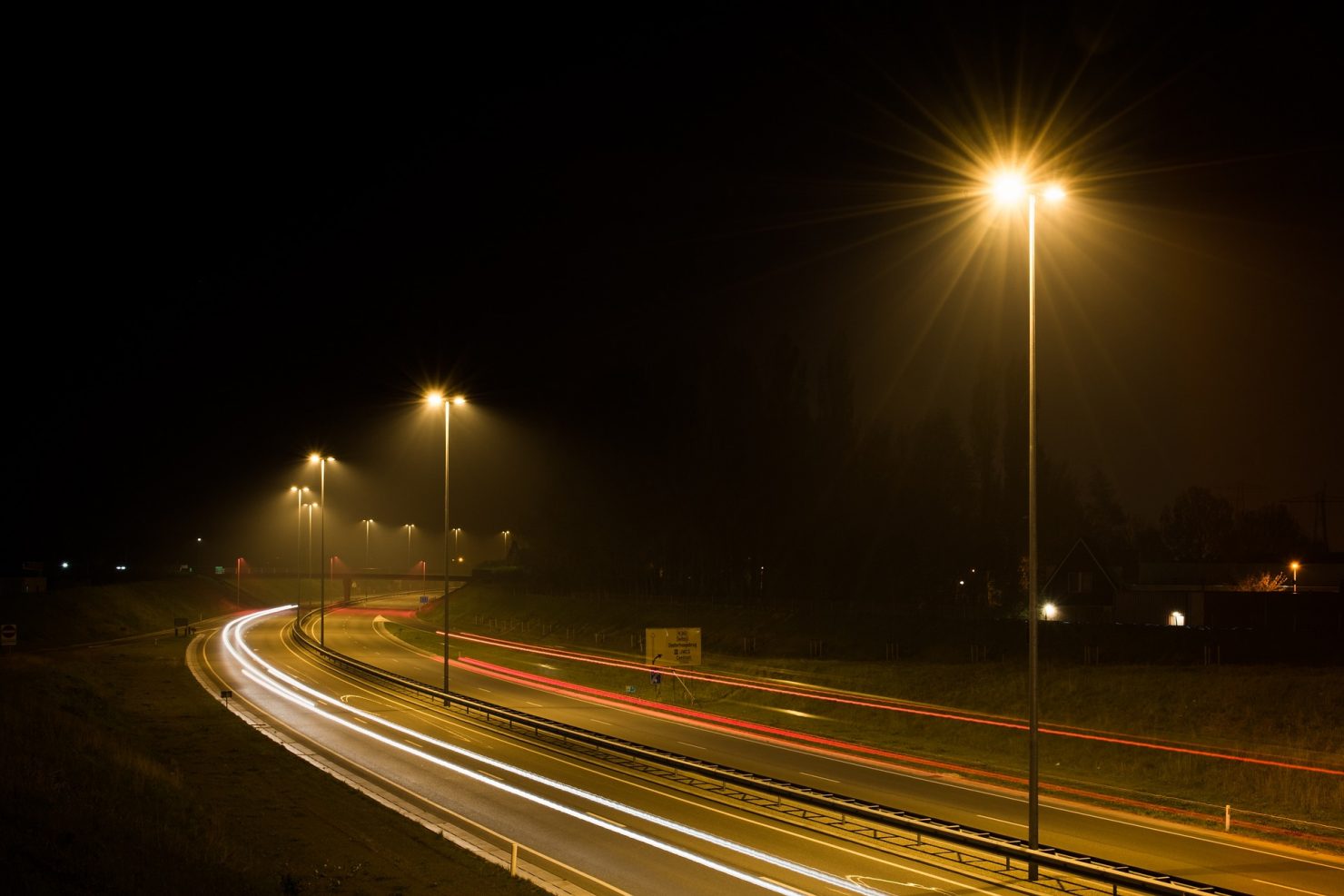Top tips to reduce your lighting energy output
With the current financial climate in the UK, winter setting in and the dark nights fully upon us, we wanted to take a minute to share some tips on how lighting adjustments can help save energy and money, as well as contribute towards reducing carbon emissions, all without reducing the quality of lighting in our space.
First, let’s debunk a common myth – turning a light off and then on again does NOT use more energy than leaving the light on. You’ll use less energy turning the light off and then on again later than by simply leaving it on. So, an obvious start would be to simply turn off the lights if you aren’t in the room.
This rule applies to all people using all spaces, but there are also a few specific things that we can do depending on the kind of space you’re using. So here are some energy saving lighting top tips broken down into common sectors.
Residential
Lighting, on average, makes up 11% of a UK households electricity consumption, so an obvious way for us all to save energy is to turn off the light when you aren’t in the room – but we’ve been told that already. Whether your Dad has been moaning about the electricity bill since the 80’s or you’re simply energy conscious, it’s not new information.
Another quick and affordable change for any home to make in order to save energy is to switch to LED lamps. Again, most homes are already LED converts, but if you’re not there yet, join in, it’s worth it. If you replace all the bulbs in your home with LED’s you could reduce your emissions by up to 40KG a year, that’s the same as driving 145miles – resulting in pretty substantial economic savings.
You could change your light switches to LED-compatible dimmers – not as cumbersome or expensive as you might think. Most rotary dimmers are designed to fit standard light fixtures, it’s just a case of fitting a dimmer switch and making sure you have the correct light source, one that is also dimmable. By using a dimmer, you reduce brightness and power being used by the source, saving energy and money simultaneously.
Another thing to be aware of is how many lights you have on in the room at any given time. Do you need the main light as well as the table lamp? It’s easy to over-light a room, especially those with screens. Offset the brightness of your TV screen by turning off a different light source, or simply dim the lights if you can.

Workplace
The longer that lights are switched on, the more energy is used – fact. Meeting rooms, corridors or kitchen lights are often lit unnecessarily in the workplace. Many do not assume responsibility for turning lights off in a communal area, they are often turned on, left on and forgotten about.
One option to prevent this from happening is to leave reminders for employees to turn off the lights when they leave such an area. A visual cue may be all that is needed to highlight responsibility and prompt people to flick the switch.
Occupancy detectors are always an option worth investing in. Placed strategically, they can be configured to switch off automatically when someone leaves an area or after a predefined time, minimising the reliance on staff to remember.
Another occurrence that is common in the workplace is lights being left on overnight. An effective measure against this would be to install a timer switch that turns off all lighting outside of working hours. Once the day is over, the lights automatically turn off – simple, thoughtless, and effective energy saving.
And don’t forget to exploit natural light – not only can this reduce your energy usage, but can also boost employee’s well-being. Move workstations to well-lit areas, use bright paint to reflect light and brighten a space, or consider vertical window blinds over horizontal ones, they let more light in.
Hospitality
Employ the use of a smart lighting control system with pre-set scenes and daylight sensors. Pre-emptively set lighting scenes to emit less light during the day when there is more natural light and then alter the output over the course of the day to coincide with the brightness of the room. If done automatically, energy won’t be wasted as light needs change throughout the day.
Daylight sensors can also save energy, they detect brightness in a space, and will dim the lights accordingly. If the sun comes out and there is less need for electrical light, the scene automatically diffuses, saving energy. Perfect for busy hotels and restaurants where staff don’t necessarily have the time to alter the light output multiple times a day.
Maintain and clean lamps regularly. It sounds like we’re clutching at straws, but dust can genuinely inhibit the quality of light that leaves a lamp. Dirt can build over time and can reduce light output by up to 50%. When you consider the number of light sources in any hospitality space, this can amount to a serious number of lost lumens, which in turn may result in turning the brightness of your lighting scheme up and wasting energy. A good maintenance regime, and cleaning fixtures regularly will help to ensure that your all important premeditated atmosphere is achieved.
Retail
Lighting is such a key component to any store’s profitability. It helps you stand out on the high street; it showcases your merchandise and provides security, so it’s not a surprise that 43% of electricity used in retail is consumed by lighting. So, what can you do to keep your energy bills down but not lose that all important bright and inviting retail space?
Install occupancy sensors in areas such as changing rooms or storage rooms and corridors. The device turns the lights on when someone enters a room and turns them off again after they leave. Ideal for changing rooms that aren’t always in use and for when it isn’t practical for someone to be managing the light switch.
If you’re leaving display lighting on overnight, consider using energy efficient LED lamps that are wired separately from the rest of the shop. This way you can ensure that unnecessary lighting is switched off, saving energy. If you want to keep a certain number of lights on after the shop is closed for the day, but don’t want to leave them on all night, employ the use of a timer to turn what you need off during those small hours. After all, a three AM window shopper probably won’t be in the right mind to make sober retail decisions, you may as well turn the lights off and save yourself the expense.
Public Realm
2021 saw some interesting figures released that explore the emissions and cost of lighting in the public realm – predominantly in relation to street lighting. According to a report from the UK Lighting and Technology Board, street lighting costs the UK an estimated £300Bn per year in electricity, with currently only 55% of streetlights being lit using LED lamps. The report states that with a concerted effort to switch the remaining 3.2M lanterns to LED’s, the UK could ultimately save £6.8Bn in electricity and 5M tonnes of carbon emissions over the next 25 years. However, with the knock-on effects of glare, light spill and ecological impact, this may not be the blanket solution we are looking for.
The report also suggested that if local authorities adopted some form of night dimming programme, rather than keeping streetlights at full beam all night, then an estimated £30M could be saved each year. Another considered approach could be to retrofit wireless controls that permit built-in sensors to increase light levels when a vehicle or pedestrian approaches and reduces the glare when they pass. All factors that provide food for thought for local authorities in the midst of an energy crisis and for a nation on the cusp of a recession.

All in all, saving energy is important on a global scale, as well as a personal, financial one. We need to sincerely consider the impact of our carbon footprint and how our actions affect the planet. Carrying out simple actions like the ones outlined above could have a drastic, positive impact on the carbon emissions emitted by lighting our homes, places of work and the streets we walk along. And lighting is just the beginning, so let’s start making a difference.


